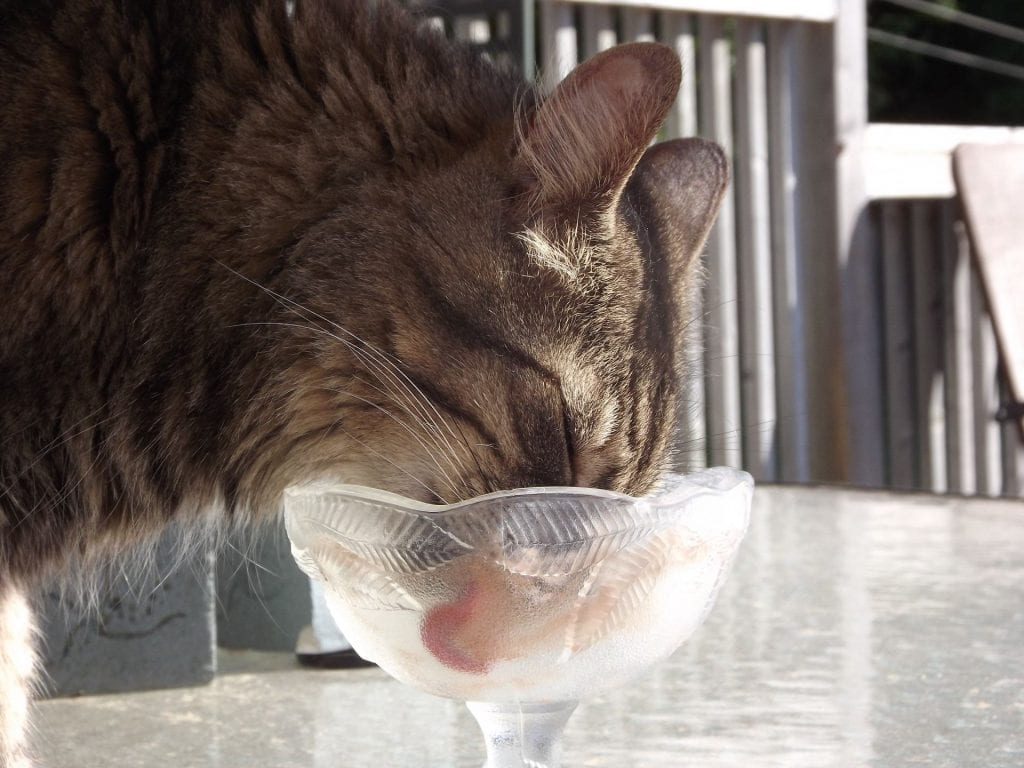It can be confusing to navigate pet food labels and determine whether a diet is appropriate for your pet or not. Often, the presence or absence of particular ingredients are prominently displayed, while the nutritional content of the diet may take second stage. It’s important to determine the difference between ingredients and nutrients in order to evaluate pet foods.
Ingredients: the food items from which a diet is comprised.

- There are no essential ingredients and pet foods can be made up from a plethora of different ingredient combinations.
- In the USA, ingredients are controlled by the Association of American Feed Control Officials (AAFCO) and pet foods can be produced only using ingredients that have been defined by AAFCO.
- In Canada, foods imported from the USA, made in Canada but sold in the USA, or made by a member of the Pet Food Association of Canada (PFAC), must also comply with the AAFCO guidelines.
- Pet food companies making pet food within Canada for sale only within Canada and not a member of PFAC have no limitations on ingredients and may make pet food with whatever ingredients they wish.
Nutrients: essential and non-essential elements and compounds that are used by the body to make all cellular structures, tissues, signalling molecules, and metabolic components.

- Essential nutrients are those that must be provided in the diet, non-essential nutrients can be provided in the diet or produced in the animal provided adequate precursors are available.
- Nutrients may be required in relatively large quantities (typically measured in grams), known as macronutrients. Examples of essential macronutrients include protein, fat, and calcium.
- Nutrients required in relatively small quantities (typically measured in milligrams or micrograms), known as micronutrients. Examples of essential micronutrients include selenium, vitamin B12, and arachidonic acid.
- AAFCO publish nutrient profiles every year for each species and life stage, and foods that meet those nutrient profiles will bear a statement of nutritional adequacy somewhere on their label
Marketing in the pet food industry has largely been focused on ingredients, as opposed to nutrients. This may target pet parents’ emotions or philosophies regarding feeding of their furry family member. However, regardless of the ingredients used, all commercial foods, at least those made in accordance with AAFCO guidelines, have nutrient profiles that fit within similar target ranges for the given species and life-stage. With few exceptions, the ingredients in a pet food are of less interest than the nutrients. Examples of instances when we do focus on ingredients include pets with dietary hypersensitivity, for whom we look to feed only hydrolyzed or novel protein-rich ingredients, or pets with hepatic encephalopathy where we may avoid animal-derived ingredients. Otherwise, it just comes down to personal preference which types of ingredients the pet likes to eat, or the pet parents likes to feed.
From a veterinary health perspective, we typically focus mostly on nutrients, not ingredients, working to balance the animal’s nutrient intake with their specific requirements. Though there are known profiles of nutrient requirements for healthy animals in different stages of life (ie: growth and development, gestation and lactation, or adult maintenance), animals, like people, are individuals with individual needs – especially if they are not healthy, normal animals and have an acute or chronic health condition. Veterinary nutritionists work in research and development to produce foods that have appropriate nutrient profiles for different health conditions. These nutrient profiles can be manipulated to prevent, manage, and in some instances even completely resolve nutritional-responsive diseases!
The take home message here is that, with the exception of a few specific cases, we predominantly focus on nutrients, not ingredients, in pet health and pet nutrition. Nutrients are the building-blocks of the body, while ingredients are the food sources of those nutrients. When you’re shopping for a pet food, make sure you read the nutritional information, including the adequacy statement, and make sure that the diet fits the nutrient profile recommended for your pet.
Written by: Dr. Sarah Dodd, BVSc, MSc, PhD Student, ECVCN Resident
Edited by: Shoshana Verton-Shaw, RVT, VTS (Nutrition)


